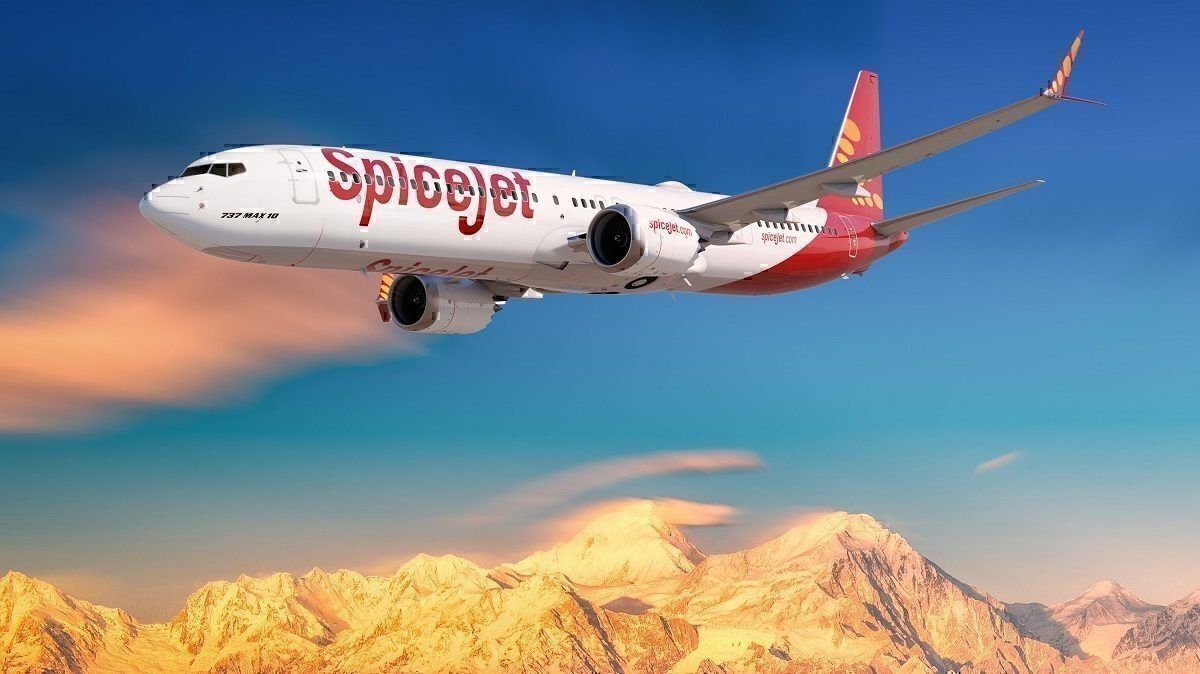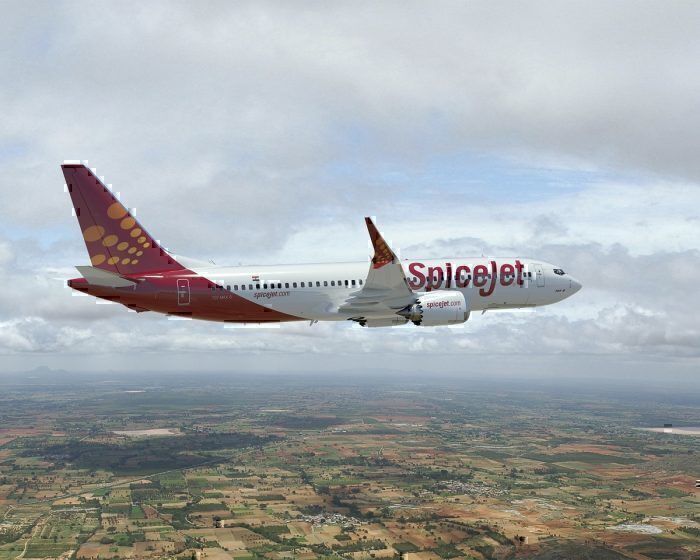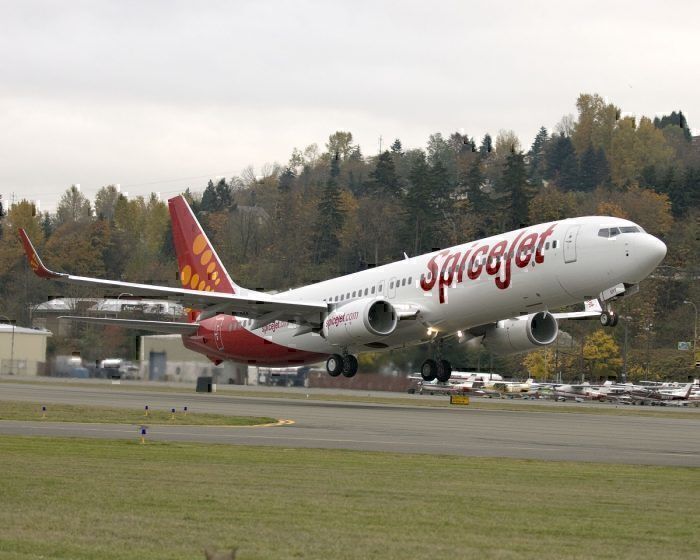SpiceJet fields offers of investment but admits it has no plans to sell a stake of the business… yet.
The full-throttle performance of India’s second biggest low cost carrier SpiceJet has caught the attention of outside investors. The airline has received numerous bids from potential stake holder partners.
In May, the airline announced an 18% rise in its operating income. This was in tandem with a 14% increase in passenger numbers and a hike in operational revenue of 25%. Furthermore, shares in SpiceJet have jumped 70% this year, according to Financial Express.
Those healthy figures have been caused in no small way by the collapse of beleaguered Jet Airways. And have led to a glut of offers of investment from undisclosed benefactors. But SpiceJet’s owner Ajay Singh says he is reluctant to consider any offers unless they are ‘strategic’.
According to Hindu website BusinessLine Singh admitted SpiceJet had enough cash, saying,
“We have to see if this serves SpiceJet’s long-term interests, and when we come to that determination, well do something. These are typical in a situation when an airline is doing well and the market is as promising as India.”
SpiceJet troubles
Today a major player in the LCC market, SpiceJet was not always on the hit-list for keen investors. In 2014 the airline was just moments away from closure after its coffers ran dry.
Prior to a major government-led bail-out of the airline and reorganization of its management, the company had been in the red for five consecutive quarters. It had also registered year-on-year losses for three financial years.
SpiceJet chairman Singh is considered the savior of the airline’s woes. Singh, who co-founded SpiceJet in 2005, sold a majority stake to Sun TV in 2010. But five years later when SpiceJet hit turbulent air, Singh bought back 58% of the equity.
However, industry insiders say the airline’s revival might not have been possible without the support of the Indian government. If nothing more, Prime Minister Narendra Modi’s finger-in-the-eye of banks at the time allowed breathing space. That was ultimately crucial to the restoration of normal operations.
The recovery
The tumult of the past has stayed firmly in the past. SpiceJet has since undergone extensive re-equipping and expansion. It now operates 306 flights daily to 35 Indian and 6 international destinations. The airliner has hubs at Delhi and Hyderabad.
In June 2017, the company agreed to purchase up to 50 Q400 aircraft from Bombardier. This was to cater for a rise in passenger traffic due to the airline's participation in the Indian government's regional connectivity scheme.
After the recent downfall of Jet Airways, SpiceJet placed further orders for six additional B737-800 NGs. This was complemented by an order for five more Bombardier Q-400s, to keep the Indian aviation industry buoyed, writes Gireesh Chandra Prasad for LiveMint.
SpiceJet also intends to operate 16 additional B737-800 NGs to fulfill passenger demand until the lifting of the worldwide ban of the 737 MAX.
“Now is probably not the time for a sale of stake for cash,” Singh told BusinessLine. “We are always happy to hear what is on offer, but there is nothing imminent, nothing that we are doing right now,” he said.



